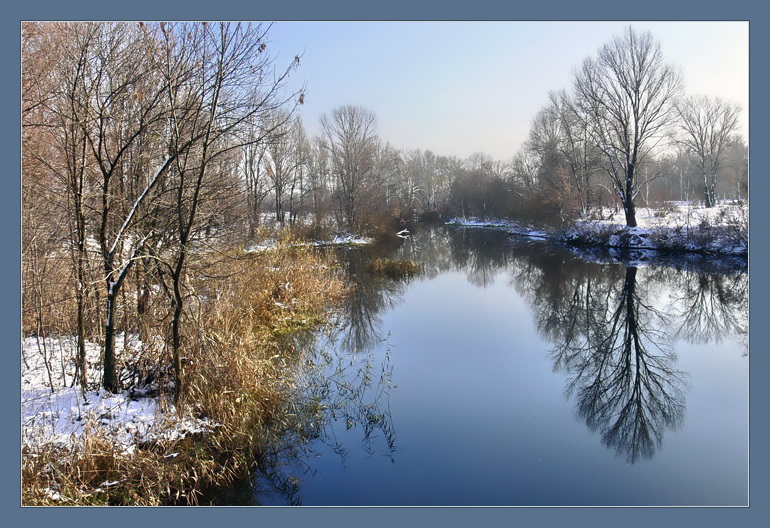InternetPhotoMarket
More then 14 million images, vectors and HD videos. Join more than 2 million professionals within the media and communications industry. Register now for a free account!
Бонусы
Реклама Заказ такси - ОдессаАнтикриз - эконом таксиМинимальный заказ такси на сумму: 17 грн. Контактные телефоны: (048) 700-25-25 (093) 203-57-57 (096) 318-19-99
|
  Лучшая покупка - Michael Jackson Gold AlbumDear Visitors, if you would like to see more editors and programs, please visit us on:http://www.internetphotomarket.jimdo.comAccess FREE photos, daily. Create lightboxes you can share with friends and so much more, with your Fotolia account.NewsMILLIONS OF FOTOLIA IMAGES AND CHRISTMAS PHOTOS AVAILABLE THROUGH FREE CORELDRAW® GRAPHICS SUITE X5 UPDATE
The acclaimed CorelDRAW® Graphics Suite X5 features direct access to Fotolia’s royalty-free collection of over nine-million images. Customers using the latest version of Corel’s award-winning graphic design software can receive this new functionality via a free update from www.corel.com/updates. “The professionals using Fotolia and CorelDRAW Graphics Suite X5 have instant access to fresh content by using the search and download feature,” explains Oleg Tscheltzoff. “As a leading global provider of stock images, we are very pleased to team up with Corel on this initiative.” Visitors to Fotolia will find over 10,000 images comprised of photos, vectors, illustrations, and videos added to the collection each day. Corel and CorelDRAW are registered trademarks of Corel Corporation and/or its subsidiaries. “Working with Fotolia will give our users more options to create with impact by providing them with the opportunity to connect with even more content," said John Falsetto, Senior Product Manager, CorelDRAW Graphics Suite. "Having integrated access to a high-quality stock image source like Fotolia is extremely valuable to today's graphics professional." Known for its high-quality and affordable collection, Fotolia’s images start at less than $1 USD. All downloads come with flexible licensing options that include unlimited copy runs. Over two-million creative professionals, artists, and contributors have signed-up for a free account on www.fotolia.com For more information about CorelDRAW Graphics Suite X5, to purchase an ESD or download a free 30-day trial, please visit www.corel.com/coreldraw . To learn more about how CorelDRAW Graphics Suite is used worldwide, please visit the product's community site at http://coreldraw.com. Technorati Tags: www.corel.com/servlet/Satellite/ru/ru/Product/1191272117978#versionTabview=tab1&tabview=tab7
VECTOR TUTORIAL - 1950 FORD "WOODY" STATION WAGON1 - For this tutorial, the artist chose an A4 canvas with a horizontal orientation. The Color Mode of the new document is set to CMYK, and the Raster Effects setting is 'High 300 ppi'. Figure 1: Document Setup 2 - Place the photograph on which the vector illustration is based. 3 - Holding the Shift button to maintain the image proportions, scale the image down until the vehicle fits on the landscape format A4 drawing area. (Fig. 2) This first layer of the document only contains the placed source photograph and is named after the Fotolia image number for convenience. Figure 2: Image Placement 4 - In the Layers palette add a new layer. This layer is for the front and rear wheels, so it is named ac-cordingly. Clicking on the ruler at the top of the work area, drag a horizontal guide down to the lower edge of the front tire. From the ruler on the left, drag a vertical guide to the left edge of the front tire. Using the Ellipse tool, hold down “Shift” and click where the two guides meet. Drag the circle up and right to represent the circumference of the tire. Copy this circle, and use 'Paste in Front' to create a du-plicate. While the new instance of the circle is still selected, in the Transform Palette click the square in the mid-dle of the 'Reference Point' grid. Having made certain that the horizontal and vertical axis are propor-tionally 'linked' by checking the Chain icon, reduce the size of the new instance of the circle to the outer edge of the tire whitewall. Repeat the process until you have also marked the inner edge of the white-wall, the outer and inner edges of the chrome trim ring, and the outer edge of the chrome hubcap. 5 - Momentarily hide the placed image layer and you'll see that the six circles, all centered around the same point, have decreasing stroke widths. Select them all, and set the stroke width to 1pt. (Fig. 3). Figure 3: Building the Wheels 6 - Copy and paste the fifth circle. Also select the first circle, and repeat as per the whitewall, this time filling this new tire shape with black. In the Object Menu under Arrange use the command 'Send to back'. Click the overlying 5th circle and fill the wheel with the same color as the car bodywork. Make the underlying layer visible and select a color from out of the photo using the Eyedropper tool. The wheel is now dark blue. Fill the innermost circle, the hubcap, with a pale grey. You should now have a blue wheel with a pale grey hubcap, with a black tire with a white sidewall. 7 - Unlock the duplicate wheel layer and make it visible. Lock the original wheel layer for a moment. Delete the duplicate wheels layer. Select every component of the front wheel and Group them together. Copy the grouped object, and paste another instance in front. Holding Shift to constrain the movement of the item to the horizontal axis, drag the new wheel instance to the right to make a back wheel for your illustration. Figure 4: Trimming Things Down 8 - The next thing to be redrawn here is the car's bodywork. Using the Zoom tool, enlarge the view of the area around front wheel arch. Drag a guide down to the height of the lower sill. 9 - Using the pen tool, select a dark stroke color and no fill. Draw around the shape of the bodywork, defining the silhouette of the car bodywork but not yet drawing the chrome bumpers, front grille and headlamp surrounds. It is easier to see the image that you are drawing from if you use a stroke color but no fill. Toggle the stroke and fill around occasionally to see how the color 'fills' the shape as you draw. When using the Pen tool, each mouse click creates a new vector point. Clicking and dragging with the mouse will reveal a pair of 'handles' which can be used to exactly define the line 'drawn' between that vector point and the next. When redrawing the outline of the station wagon, the artist 'closes' the silhouette shape, joining the vector outline by finally clicking back on the starting point. As a general rule of thumb, all paths in a vector image should be closed in this manner. If it is difficult to discern the edges of the body panels, unlock the bottom layer, select the placed image and reduce the transparency to 75%, making the background image lighter. When the silhouette of the painted bodywork is complete, and the outline path has been closed, fill the bodywork with a dark blue color. 10 - In a third layer, appropriately named 'woodwork', draw the wooden framework and paneling, and change the outline color from a dark blue to a dark brown. Use the Eyedropper tool to select a color from the underlining photograph. Firstly delineate the outer edge of the wooden side panels, then draw the side windows. Make a copy of the side windows, and hide them in a new layer. Back in the woodwork layer, fill the woodwork area with a pale brown color, and 'knock out' the win-dows in the same way you drew and colored the tire and whitewall earlier. Now drag the copy of the side windows down into the bodywork layer, and 'knock out' the side windows from the blue bodywork in the same way as previously detailed. (Fig. 5) Figure 5: Bodywork Outline 11 - In another new layer draw the darker wooden paneling and the edges of the pale wooden frame-work. Name this layer 'woodwork 2'. Now the illustration is really taking shape. (Fig. 6) Figure 6: Bodywork Time to draw the chrome work, in a new layer thus named. Make the underlying photo layer visible. Delete the remainder of the bodywork silhouette. Duplicate this line and hide the duplicate in another layer. Use this line to define the right hand edge of the chrome work elements. Draw the grille frame, the central grille sections, the bumper and the over rider. (Fig. 7) Figure 7: Chrome! Finally draw the front headlamp bezel and lens, the door handle and the bright work strip along the waistline above the woodwork. At the tail of the car add the rear bumper and over rider. Add the front turn signal. 12 - In a separate layer entitled 'spare wheel and tail light', add the 'continental kit' wheel cover and the tail light pod. Return to your bodywork layer and define the upper edge of the front wing, plus the rear edge of the bonnet panel. Duplicate the wheel arch shapes from the bodywork layer, paste them in place in a new underlying layer entitled 'wheel arch fill', and fill the two apertures with a dark grey color. Add a couple more points to close both paths, and extend the fill downwards to simulate the silhouette of the engine and rear axle. Without these elements the bodywork appears to 'float' above the wheels and doesn't look quite right. (Fig. 8) Figure 8: Wheel Arch 13 - To make the vehicle look a realistic, create another layer for the window area, including a pale grey silhouette of the windows on the far side of the car. This helps to create the illusion of depth. Add a soft blurred shadow underneath to give the image dimension. Chose any bodywork color. You could even tilt the whole body down at the front end, for a wicked 'hot rod' look. (Fig. 9) Figure 9: Finished Technorati Tags : Vector Tutorial 1950 Ford Woody station wagon |
|
|
|
|
|
Copyright © 2011 InternetPhotoMarket. All rights reserved. |
























